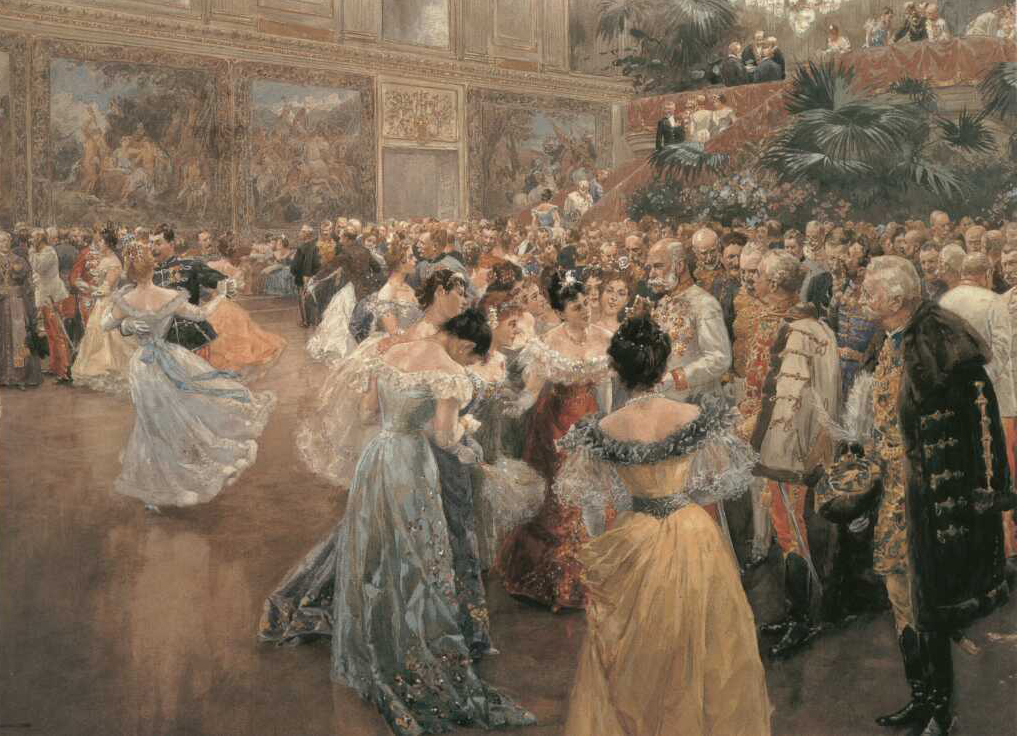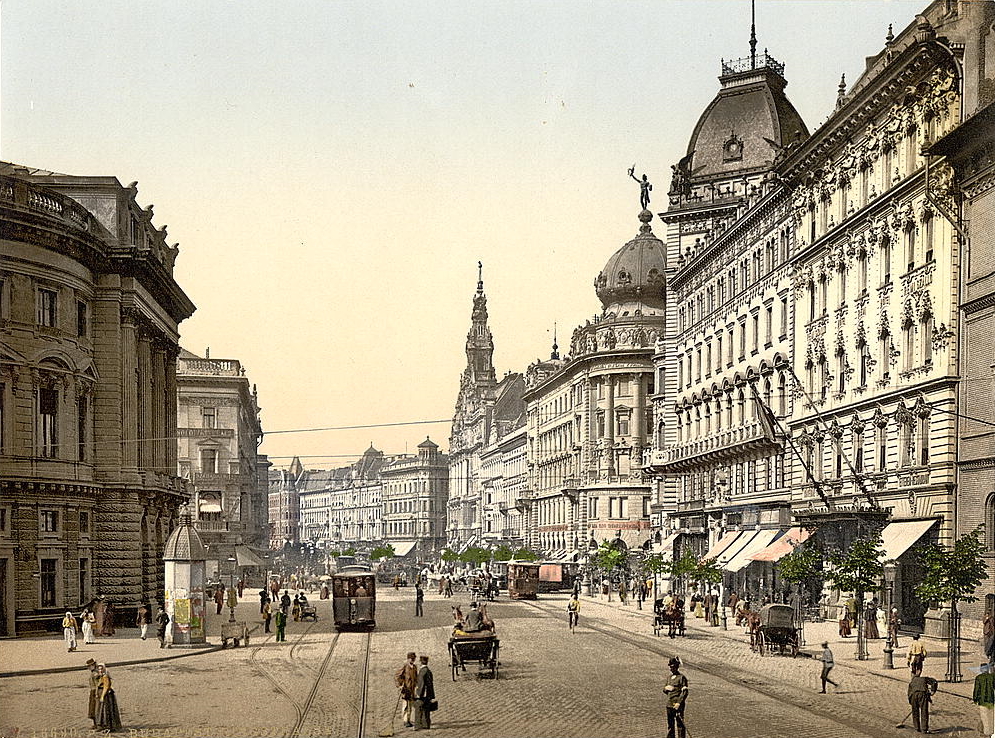12. GLORY

THE LAST DAYS OF THE GILDED AGE
AUSTRIA-HUNGARY

THE LAST DAYS OF THE GILDED AGE
AUSTRIA-HUNGARY
 Franz Joseph I (reigned 1848-1916) and
Franz Joseph I (reigned 1848-1916) andthe Austro-Hungarian Union
 Austria-Hungary ... around the year 1900
Austria-Hungary ... around the year 1900
The textual material on page below is drawn directly from my work
A Moral History of Western Society © 2024, Volume Two, pages 51-52.
FRANZ JOSEPH I (REIGNED 1848-1916) AND THE AUSTRO-HUNGARIAN UNION |
| A
young Franz Joseph inherited a very troubled Habsburg empire when his
uncle Ferdinand abdicated as a result of the nationalist uprisings
which swept Europe in 1848. Franz Joseph was expected to hold
together a vast multi-national empire on the basis of his personal
strengths alone. Political and economic institutions which would
have provided him some degree of unifying support were largely
lacking. At his accession to the Habsburg throne, he reigned over
a multitude of very different societies, German, Hungarian, Czech,
Moravian, Croatian and Italian in ethnic character. In an era of
a rising nationalist spirit inflaming all European ethnic groups, such
a multi-ethnic empire would find it extremely difficult to maintain the
semblance of social order. Franz Joseph had a huge challenge
ahead of him. In 1867 the decision was made to combine into one the two main thrones of Franz Joseph: the Austrian empire and the Hungarian kingdom. Thus Austria- Hungary was born with a single head of state ... yet with two separate parliaments (in Vienna and Budapest) and two separate ministerial councils or cabinets. The two parts of this new kingdom were bound somewhat more closely economically with a customs union and a common currency. |
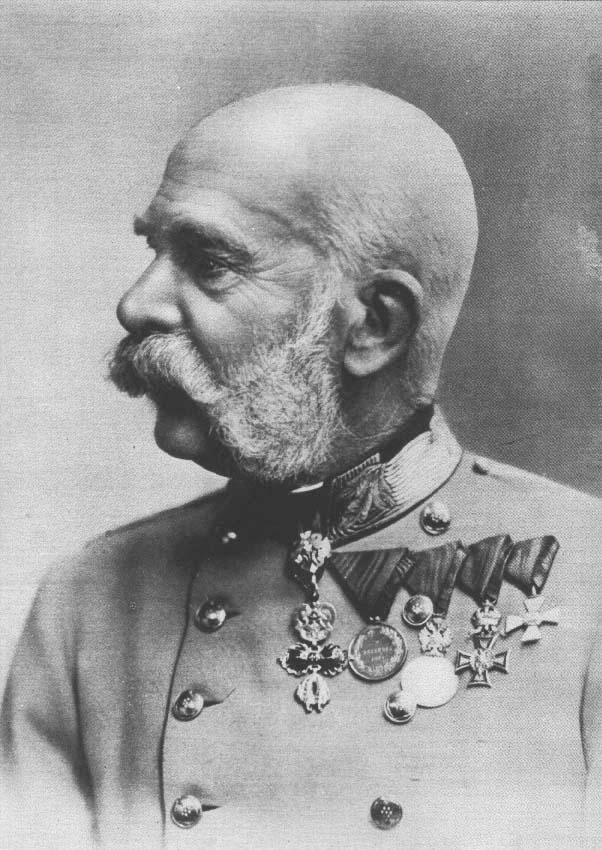
Emperor Franz-Josef of
Austria-Hungary
– ca. 1910
Photographer to the court
of His Imperial Majesty, L. Schumann
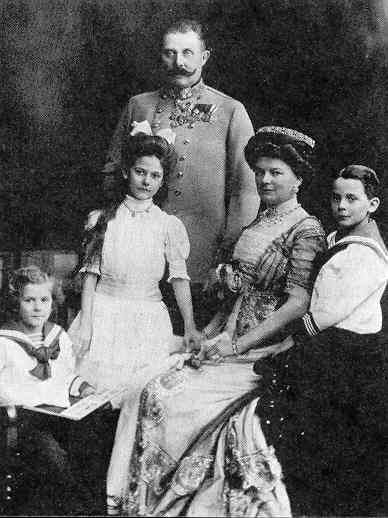
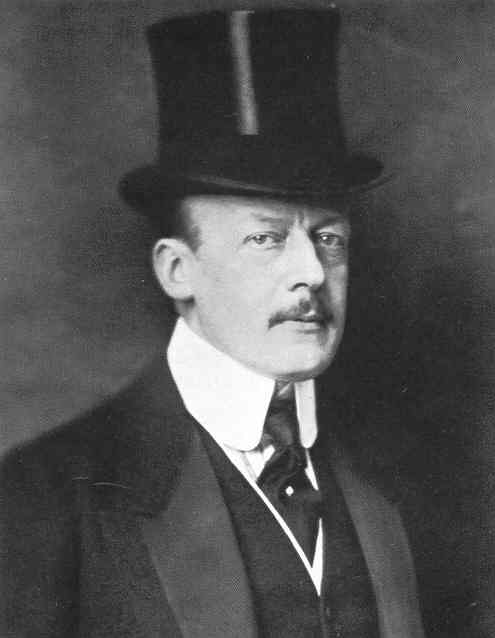
Nationalbibliothek, Vienna
ON-GOING ETHNIC PROBLEMS |
|
Ethnic problems still remained despite this new union recognizing the
separate national identities of the Austrians (German-speaking) and
Hungarians. The Italian part of the problem had already been
solved simply by the loss of Austria’s lands in Italy in Austria’s war
with Sardinia- Piedmont and France (1859) and then Prussia and its new
ally Italy (1866). But the question of the Slavic minorities
(Polish, Czech, Croatian and other) remained unanswered by the new
union. Slavic nationalism ... actively promoted in the Balkans
region by Austria-Hungary’s principle Slavic neighbor to the East,
Russia ... would remain a major problem for the dual monarchy Franz Joseph sincerely attempted to meet the aspirations of the various national grouping making up his multi-national empire. But he found himself constantly challenged by the jealousies among the national groups themselves ... and his efforts to help one group would bring greater anger from other groups because of his "favoritism" than it ever brought gratitude from the national groups he was trying, one by one, to help. Though he personally was loved dearly by his people, his efforts to solve their political problems proved to be impossible. Eventually this very matter would become the cause of the outbreak in 1914 of a Great War (World War One) that would destroy Austria-Hungary ... and much of the rest of Europe as well. |
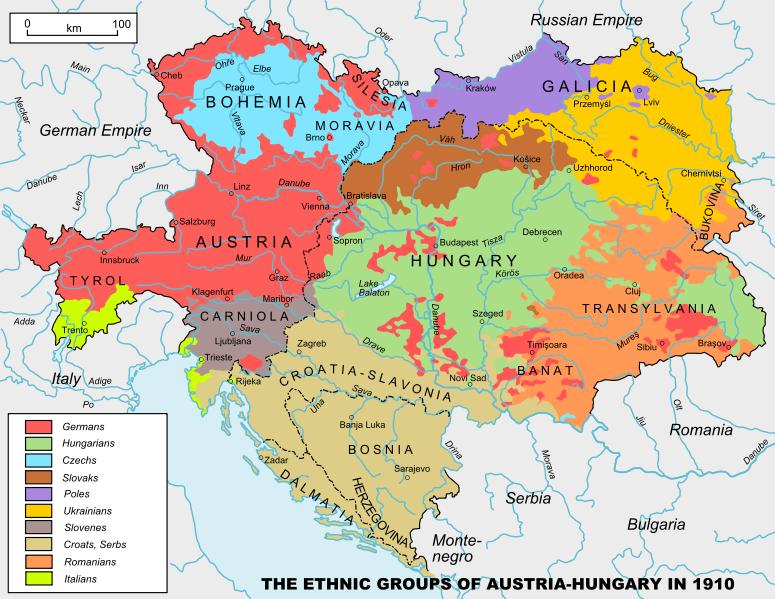
But the Austria-Hungarian Empire was defined by Habsburg family holdings ... not by national identity. In the rising age of nationalism, this would present a problem of mixed or missing loyalties
AUSTRIA-HUNGARY ... AROUND THE YEAR 1900 |
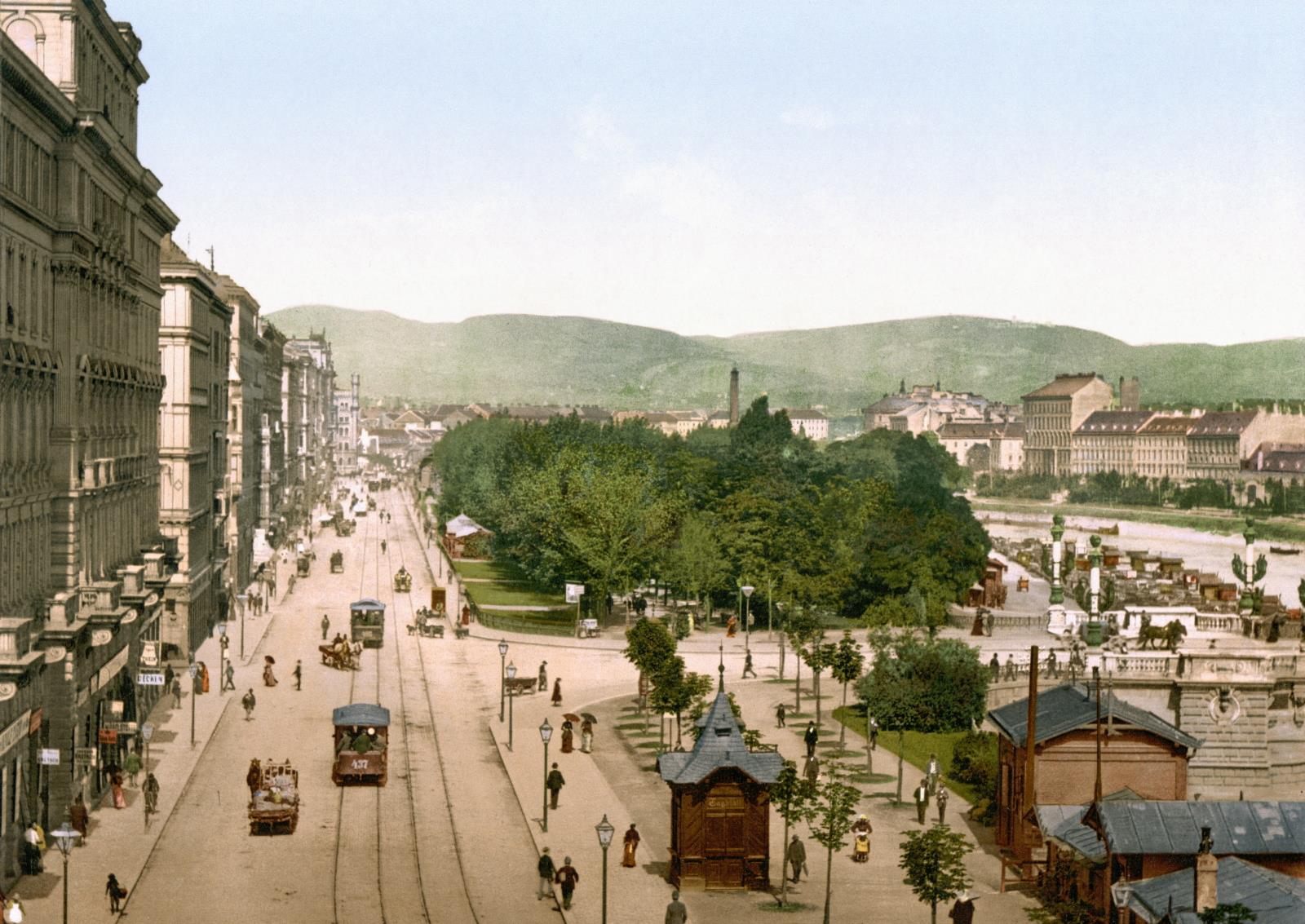
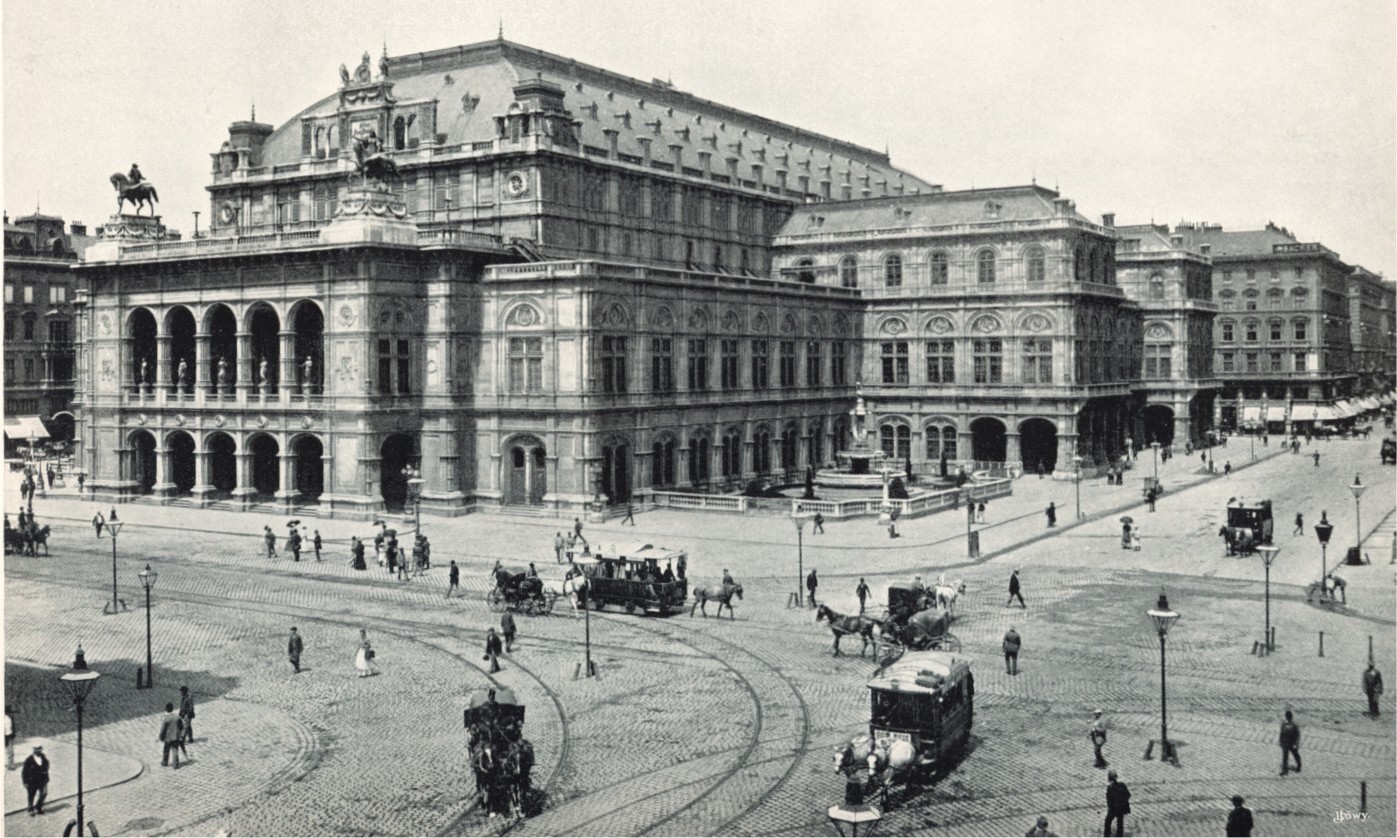
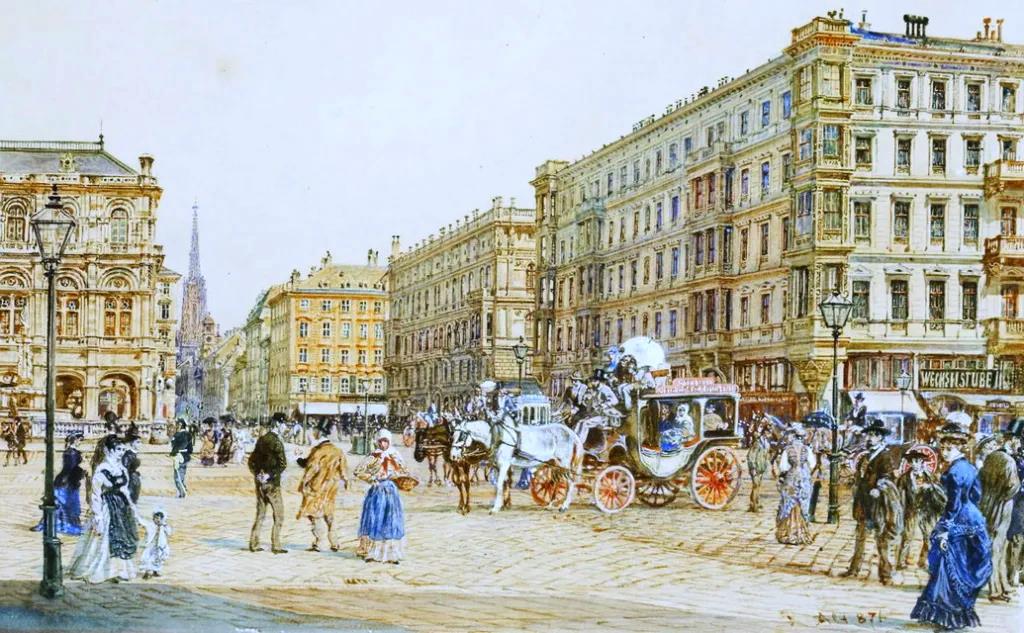
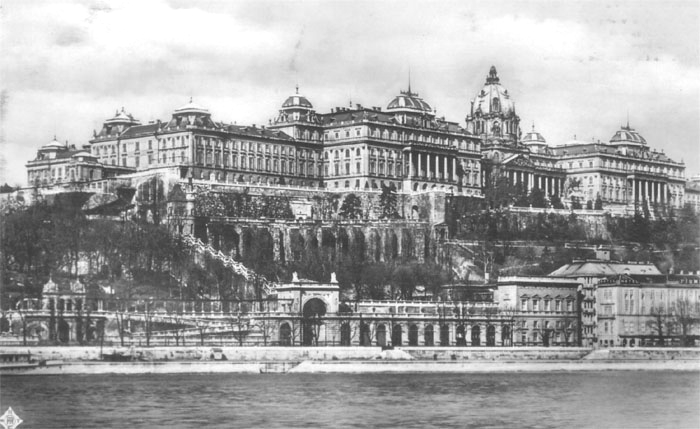
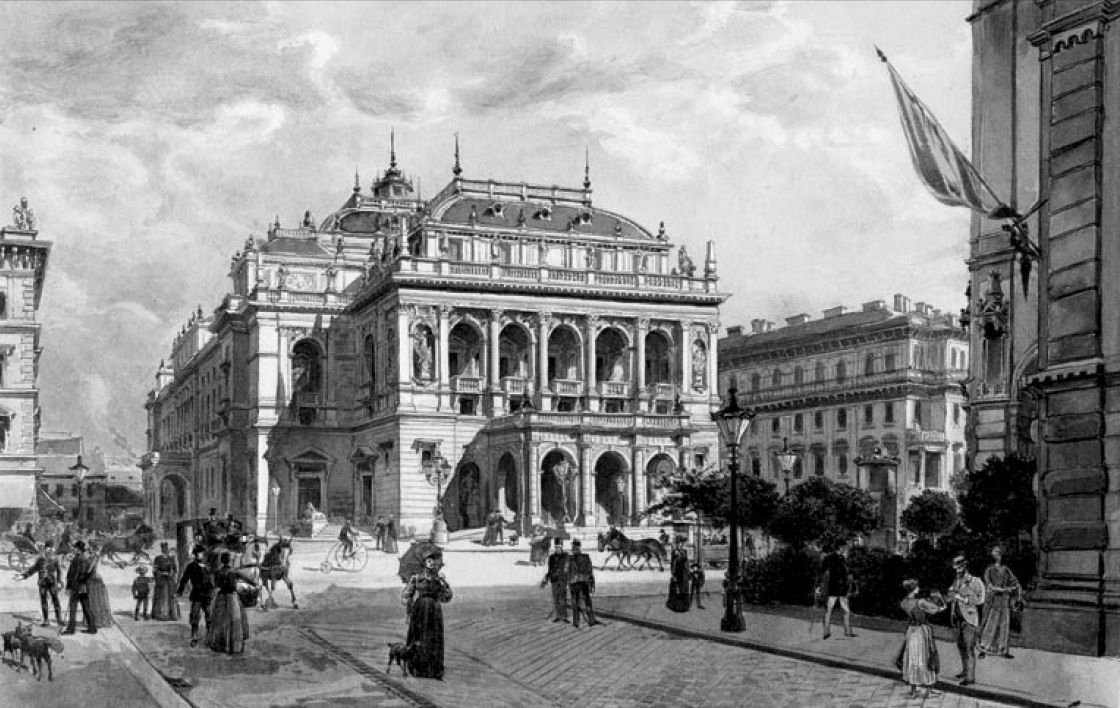
Budapest - The Opera House
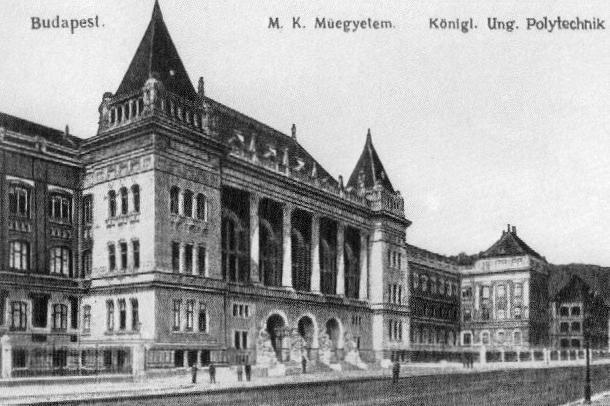
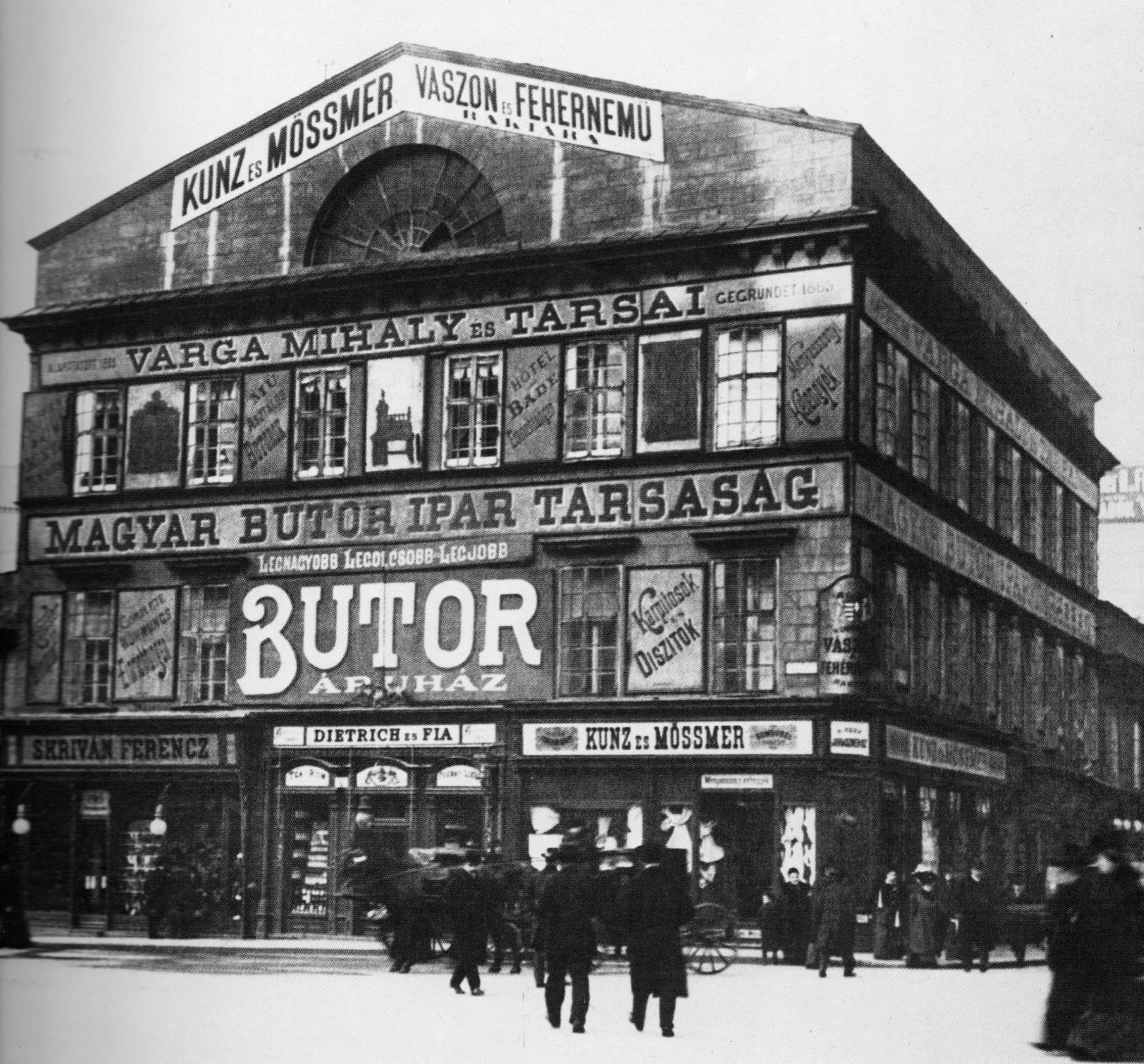


Go on to the next section: Italy





